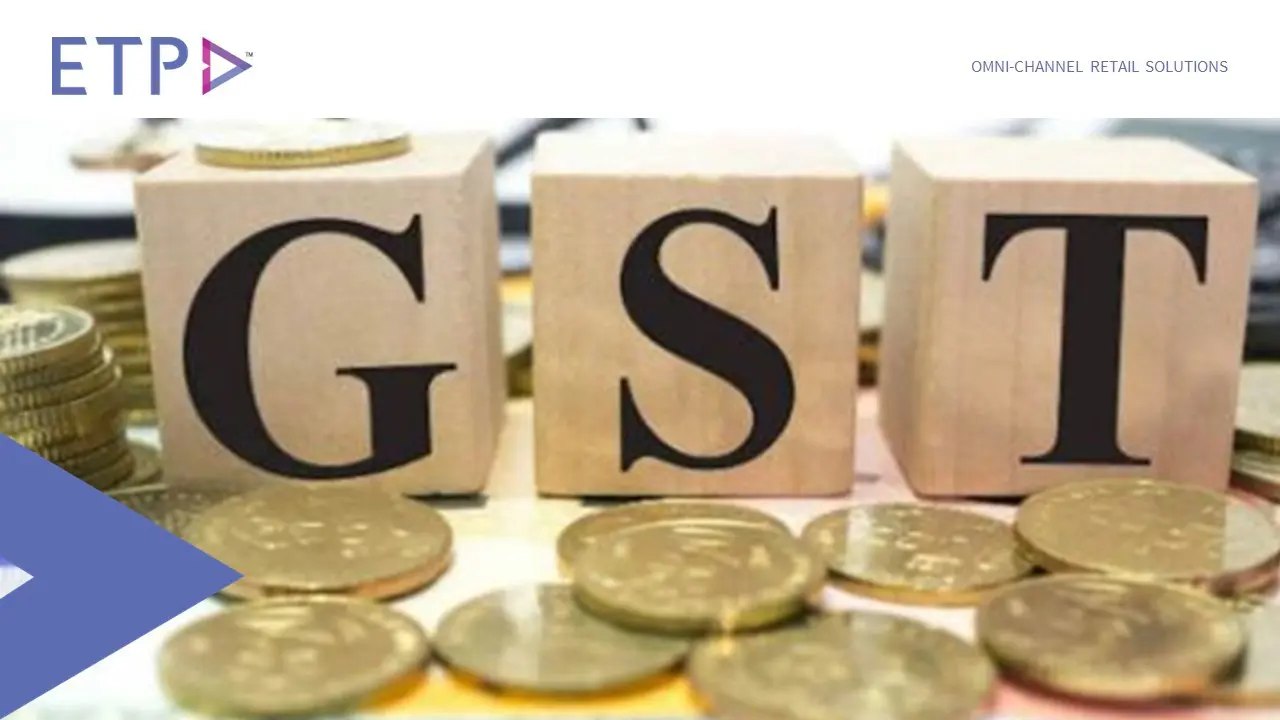
The Government of India recently decided to do away with multiple taxes on goods and services by implementing a single tax – the GST, the revenue generated from which is shared between the Central and the State Government. Prior to GST, there were a number of different indirect taxes, the Value Added Tax (VAT) being the most prominent amongst them. VAT could been seen on almost every invoice, which has now been replaced by CGST and SGST thus making people wonder if GST is same as VAT. But GST is completely different from VAT and it is very important to have a clear picture of the distinction between the two.
- GST, as the name suggests is incurred on both the goods and the services where as VAT was implemented only on the goods. To take care of the tax on services, previously the government had Service Tax. Thus, one wouldn’t have had to pay VAT while booking railway tickets; instead he/she would have paid Service Tax based on the government guidelines. The government has now combined both of the aforementioned taxes into one – GST.
- GST unlike VAT doesn’t have a cascading effect. Prior to GST implementation, the retailers were required to pay VAT as soon as some value is added to the product. For instance, manufacturing a product caused value addition and the VAT was incurred on the entire value. Similarly once the product is ready and is being labeled for final consumption/usage, a retailer would have again incurred VAT. This use to cause a spike in tax burden for everyone in the retail chain. GST, unlike VAT enables retailers to claim input tax credit from the government, which can further be transferred through the retail chain. This brings tax respite to the retailer and consumer as the redundancy of tax payment is done away with.
- VAT was calculated and implemented differently by different state governments. The central government could implement only Central Sales Tax (CST). The state governments were empowered to tweak the imposed tax rate at their will, which cannot be done with GST. The central government has introduced different tax slabs for different products and has decided to share a fixed proportion of tax revenue with state governments. The state governments have agreed to this kind of revenue sharing and as a result they don’t have the power to make rate changes. It will thus provide more freedom to retailers to set up warehouses or manufacturing units in any state they wish to.
GST will bring about a positive change in the economy by creating a friendlier and understandable indirect tax regime. It will put an end to industry woes related to taxation and promote the ease of doing business. GST is simply not restricted to VAT, it encompasses almost everything which earlier fell under the scope of indirect taxes. It lies in our responsibility to understand it better for streamlining our business activities and processes. You may click here to know more about GST.
An in-depth understanding of GST is essential not only for end-customers, but also for retail businesses both in India as well as those looking to make an entry or investment in the Indian market.





